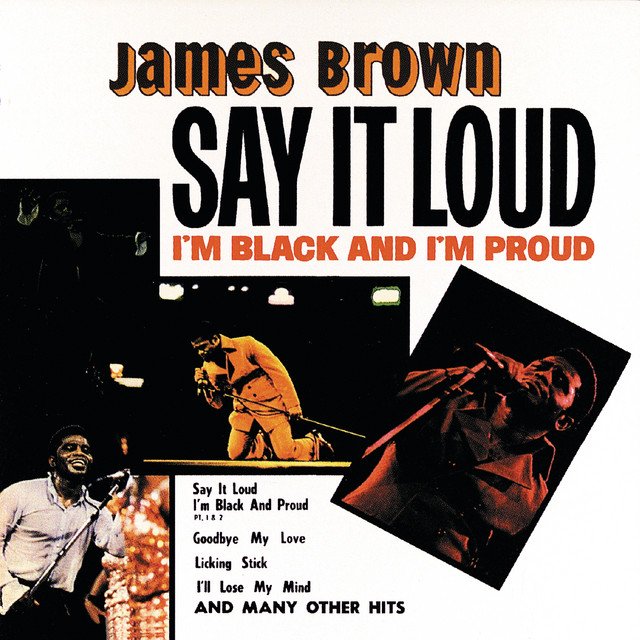“More Than a Melody: The Everlasting Pulse of Black Activism and Music Culture”
CULTURE | FEB 14, 2025
Photo via Spotify
"SAY IT LOUD, I’M BLACK AND I’M PROUD!" – James Brown, Say It Loud – I'm Black and I'm Proud (1968).
With its title as a powerful declaration, James Brown’s song, “Say It Loud - I’m Black and I’m Proud”, reminded people that being Black is a gift—something to be loud and proud about. During a time of struggles both within and against the community, Brown urged the Black community to celebrate this blessing, which society tried to cast as a curse, and to do so boldly—rekindling a sense of pride and identity. In honor of Black History Month, C2C has curated a playlist filled with music that celebrates Black culture and pride.
Just as Howard students today use music, poetry, and performance to express joy, resilience, and resistance, Black artists of the past laid the foundation for this form of activism. Artists like Billie Holiday described “Strange Fruit,” while Josephine Baker used her platform to protest, perform, and dismantle discrimination. Even while disrespected, these artists being one voice, represented many other voices.
One of Howard University’s own, Donny Hathaway, used his music to express a desire that “Someday We’ll All Be Free.” Similar to the past, Howard students use music to express and fortify themselves. Whether through headphones or on speakers, students set the mood and declare, “I am Here.” Students declare their desire for freedom, change, and hope by participating in student showcases, poetry readings, and even curating the vibe at Dartys and parties on the weekends.
This legacy of pride and resilience continues today with Black musicians. Notably, album-of- the-year award winner, Beyoncé, has never shied away from using the platform to uplift the Black community. Her 2019 release, Black Parade reached popularity during the height of the pandemic—a time when Black lives were being taken at every turn due to police brutality. Beyoncé used this song as a rallying cry, reminding the Black community to honor our roots, celebrate our culture, and persist despite the pain.
From James Brown displaying his black pride, to Beyoncé calling for a “Black Parade,” Black music and art have been used as forms of advocacy for generations. This artistic expression serves as a mechanism, tool, reflection, and uplifting source for Black culture to share, in Marvin Gaye’s words, “what’s going on.”
In times of struggle, artists turn to music to express joy as a remedy for the pain society inflicts—proving that music remains a source of resilience, celebration, and resistance.
At Howard University, music is used at every event, From the Yard and club meetings to showcases, and discussions advocating for change, music is a core part of the culture of Howard. Students continue that legacy of advocacy laid by their predecessors, listening and creating music that reminds us that our freedom is found through artistic expression, believing, as Hathaway said, “ Someday We’ll All Be Free.”
Scan the QR code to experience the sounds that bring this story to life!:
.
By Ellyssa Elliott
The Latest
TRENDS WE ARE PREDICTING FROM NYFW
BY ARIANA ADADE
5 SUMMER MOVIES TO WATCH WHEN THERE’S NOTHING TO WATCH
BY CORTNEII SAMUEL
THE SUN TRIED TO COOK HOWARD STUDENTS LAST WEEK
BY ASHLEY JOHNSON





